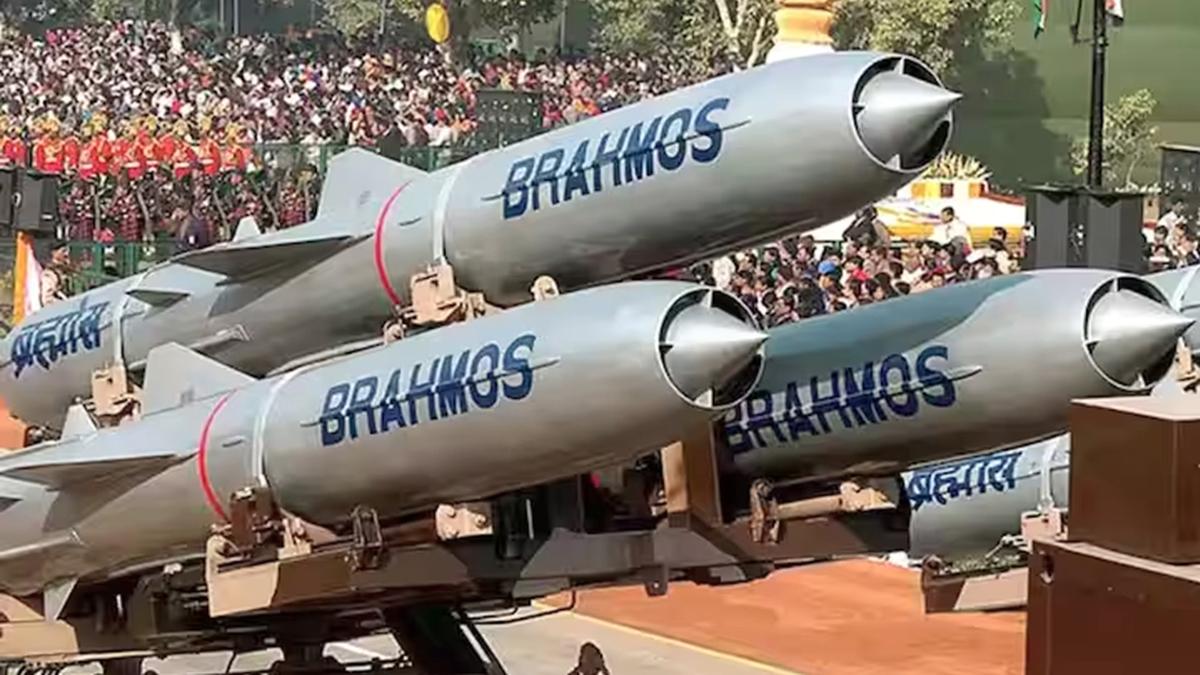
Highlighting its growing capabilities, the IAF recently set a record by shooting down a surveillance aircraft at a distance of over 300 km. File Photo: Special Arrangement
In the aftermath of the successful use of long-range stand-off weapons during Operation Sindoor, the Indian Air Force (IAF) is now prioritising the induction of air-to-ground and air-to-air missiles with strike ranges exceeding 200 km.
This shift is aimed at enhancing India’s ability to engage targets from safer distances, beyond the reach of enemy air defences.
During the operation, the IAF employed advanced long-range weapons such as the BrahMos, SCALP, Rampage, and Crystal Maze missiles—each capable of striking targets well beyond 200 km. These systems enabled the IAF to neutralise enemy air bases and strategic assets from standoff ranges of 250 to 450 km, effectively bypassing Chinese HQ-9 air defence systems.
Building on this operational success, the IAF has requested the Defence Research and Development Organisation (DRDO) to accelerate the development of longer-range variants of the Astra missile, India’s indigenous air-to-air missile system. Additionally, the IAF has shown strong interest in acquiring the Russian R-37 missile, known for its impressive range of over 200 km, which could provide a significant tactical edge against both western and northern adversaries.
The IAF is also pressing for rapid progress on Project Kusha, an indigenous initiative led by DRDO to develop a long-range air defence missile system. At the same time, plans are underway to procure at least two additional squadrons of the Russian S-400 Triumf surface-to-air missile system, depending on the availability and capacity of the manufacturer.
Highlighting its growing capabilities, the IAF recently set a record by shooting down a surveillance aircraft at a distance of over 300 km. The deployment of S-400 systems has already had a deterrent effect, forcing the Pakistani Air Force to alter its flight paths—either staying deep within its territory or flying at low altitudes to avoid detection and targeting.
In a detailed presentation to the government, the IAF outlined its future requirements, which include additional Rafale fighter jets, fifth-generation fighter aircraft, and a robust arsenal of long-range air-to-ground, air-to-air, and surface-to-air missile systems. These acquisitions are part of a broader modernisation effort to ensure air superiority and strategic deterrence in any future conflict scenario.
Published – August 12, 2025 11:26 pm IST



